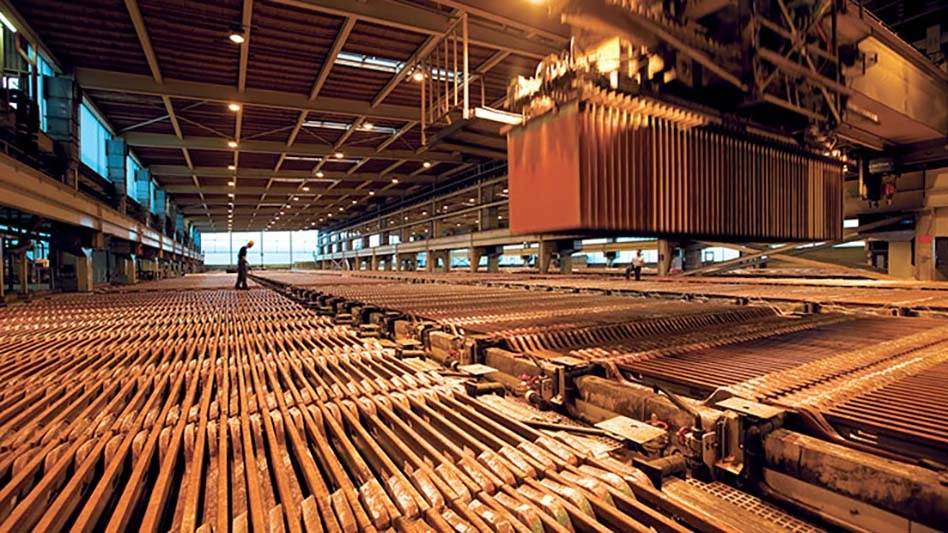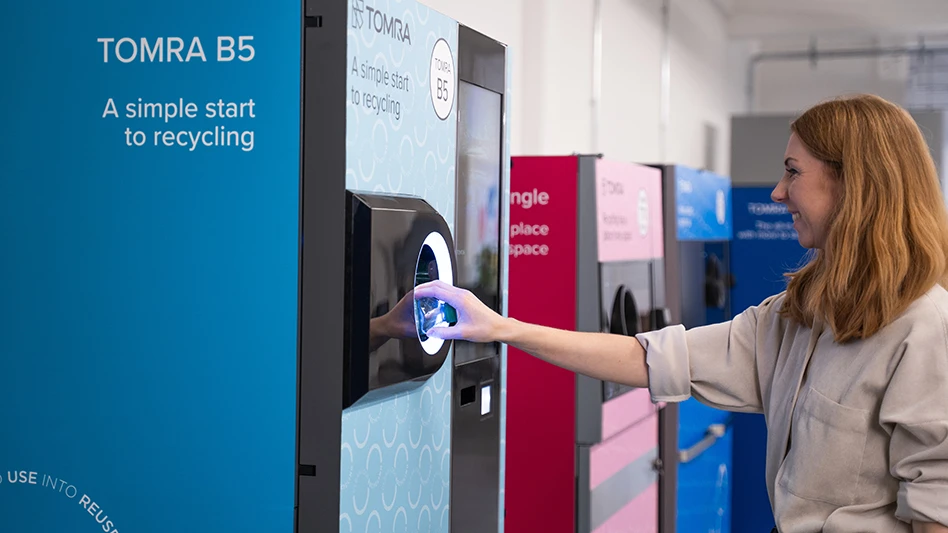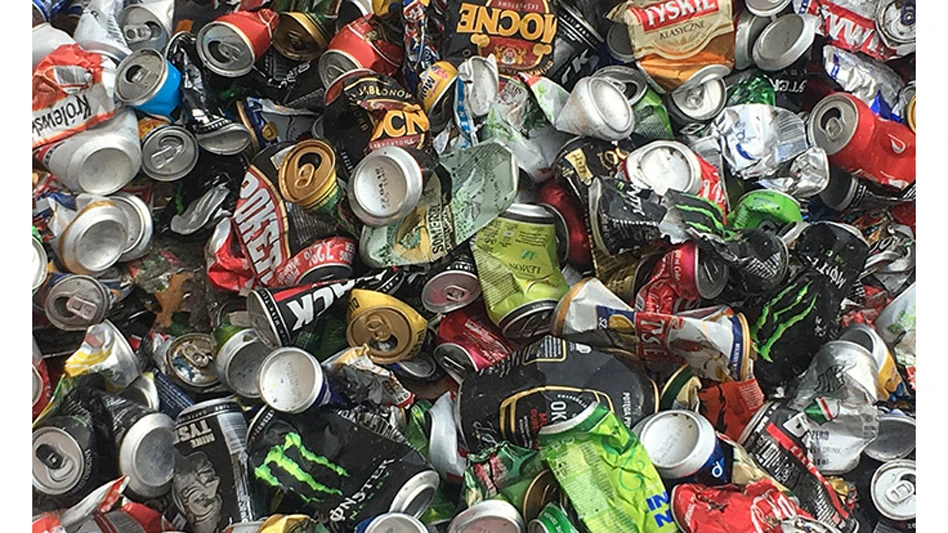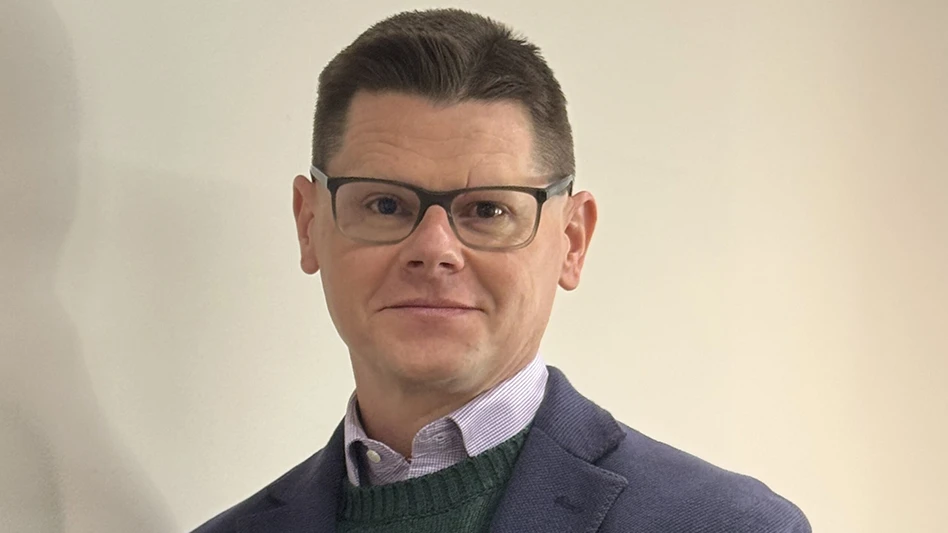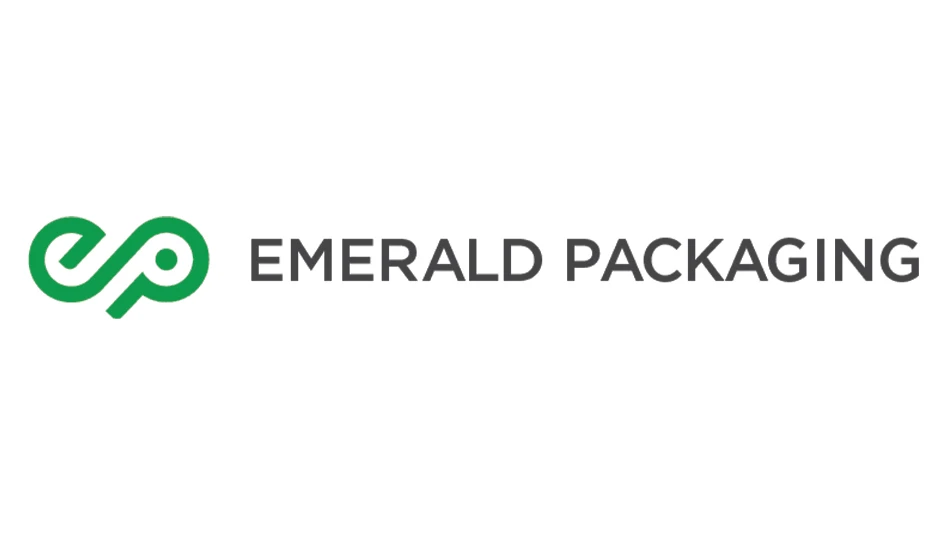
Photo courtesy of Lindner-Recyclingtech GmbH
Since 2018, the Germany-based AST Group, a producer of high-density polyethylene (HDPE) plastic containers and drums, says it has been committed to cleaning and reconditioning used containers to ensure a longer service life for its products and greater sustainability in the production process.
Since 2021, the loop has been closed by another piece: a plastics recycling facility (PRF) system provided by Austria-based Lindner-Recyclingtech GmbH. That system has been processing end-of-life containers so they can then be used to produce new drums and containers.
Since some of the new products are destined for food sector and others to hold hazardous materials, high-quality recyclate (recycled-content resin) is crucial, as are optimally coordinated recycling processes, according to the companies.
The parent company of AST Group, AST Kunststoffverarbeitung GmbH of Erndtebrück, Germany, has been focusing on the circular economy and recycling for much of its existence. The family-run AST Group produces its plastic containers for the chemical and food sectors—industries in which high-quality plastic containers and bottles are crucial, Lindner says.
From the beginning, the AST Group focus was on creating the optimum production loop that would make it possible to increase the recyclate quota for the company’s own products and also use the products made of recyclate in its two target industries.
Lindner says AST’s “first center of competence” for plastic recycling was established and a complete plastics recycling line was installed to process post-industrial and post-consumer HDPE. That process not only significantly contributes to the circular economy, but it also ensures an internal supply of raw materials, according to Lindner.
When it came to equipping the recycling facility, the decision was made in favor Austria-based Lindner. “It was important to us that the facility could process all kinds of materials, from hollow objects to regrind,” says Hauke Grabau, head of the recycling division at AST Kunststoffverarbeitung GmbH.
“When designing the facility, we focused closely on energy-efficient technology that conserves resources,” Grabau says. “Shredders, mills, various washing steps – including the hot-wash system, which we can switch on depending on the required intensity – are perfectly matched to our requirements.”
Lindner says depending on the level of contamination, its hot wash system can be switched on flexibly. Specifically, it is designed to clean what Lindner calls “heavily contaminated plastics,” with the temperature in the washing process ranging from 50 to 85 degrees Celsius (122 to 185 degrees Fahrenheit).
“The focus during planning was on efficiency and high quality," says Harald Hoffmann, managing director of Lindner Washtech, a Linder subsidiary that specializes in plastics recycling. "Thanks to our modular system, the individual components can be ideally adapted to the input material and the degree of contamination. The efficient design with optimal bypass solution also makes it possible to process several material streams.”
The output material is characterized by what Lindner calls a particularly high level of homogeneity and purity, which the company says is “perfect for subsequent extrusion.”
Lindner says it offers systems designed to optimally match the individual process steps of shredding, sorting, washing and drying.
“We are very pleased and will choose Lindner’s recycling facilities every time," Grabau says. "It is a great team with highly motivated employees, with whom we enjoy a close working relationship.”
Latest from Recycling Today
- Alberta Ag-Plastic pilot program continues, expands with renewed funding
- ReMA urges open intra-North American scrap trade
- Axium awarded by regional organization
- China to introduce steel export quotas
- Thyssenkrupp idles capacity in Europe
- Phoenix Technologies closes Ohio rPET facility
- EPA selects 2 governments in Pennsylvania to receive recycling, waste grants
- NWRA Florida Chapter announces 2025 Legislative Champion Awards
